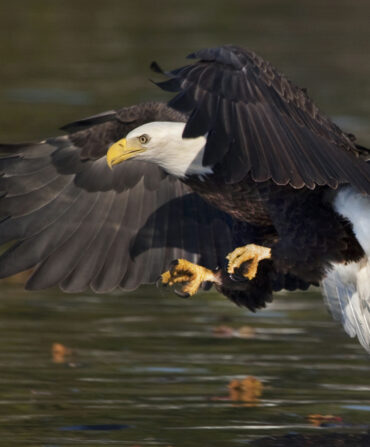Coral may look like a series of crazy-shaped underwater plants spray-painted in even crazier colors, but the truth is weirder still: Almost all of them are “colonial organisms,” a sort of collective-but-unified being made up of hundreds or even thousands of tiny animals called polyps. Corals can reproduce asexually, cloning themselves to make more polyps and grow. But once a year, in September and August, new coral—that is, genetically distinct coral—comes into being through sexual reproduction.

Triggered by hyper-specific lunar and temperature cues, coral species ranging from elkhorn to brain, staghorn, and star corals engage in synchronized reproduction in the dead of night. Within minutes or hours of one another, an individual coral will release hundreds of gamete bundles into the water, each containing millions of sperms and multiple eggs. Once released, the bundles separate and float around, looking for a match to form coral larvae, called planulae, which will then ride the currents in search of a place to attach and grow a new colony.
The reproductive strategy, called broadcast spawning, seems like it demands a miracle. If the coral individuals release at different times, or if the cells can’t find each other, they’ll miss the window; the cells die after just hours. But biological processes like this are anything but luck. The synchronization evolved over millions of years—a trial-and-error natural selection process of fine tuning.
Why would a species that could clone itself reproduce sexually, though? The answer comes down to genetics: Sexual reproduction mixes up the gene pool, creating individuals that might be more or less resilient to heat, less likely to fall prey to disease, and so on. The point is to keep throwing noodles at the evolutionary wall, to see what sticks. Especially now—in a time when waters are reaching record temperatures, disease has ravaged populations, and less than 2 percent of Florida’s wild coral remains—genetic diversity holds the key to a future with coral reefs.
“Sadly, coral can’t be expected to manage on its own anymore,” says Andrew Walker, the president of the Fish & Wildlife Foundation of Florida, which supports coral restoration and conservation efforts in the state. One of those efforts includes facilitating sexual reproduction in the lab—no easy feat given it requires exactly the right conditions. After larvae form in the lab, they grow until (hopefully) they can be outplanted in the wild.
see videos of the moment two corals, boulder star coral and great star coral, release their gametes into the water at the Florida Coral Rescue Center in Orlando, operated by SeaWorld.
Read more about coral restoration efforts here.








